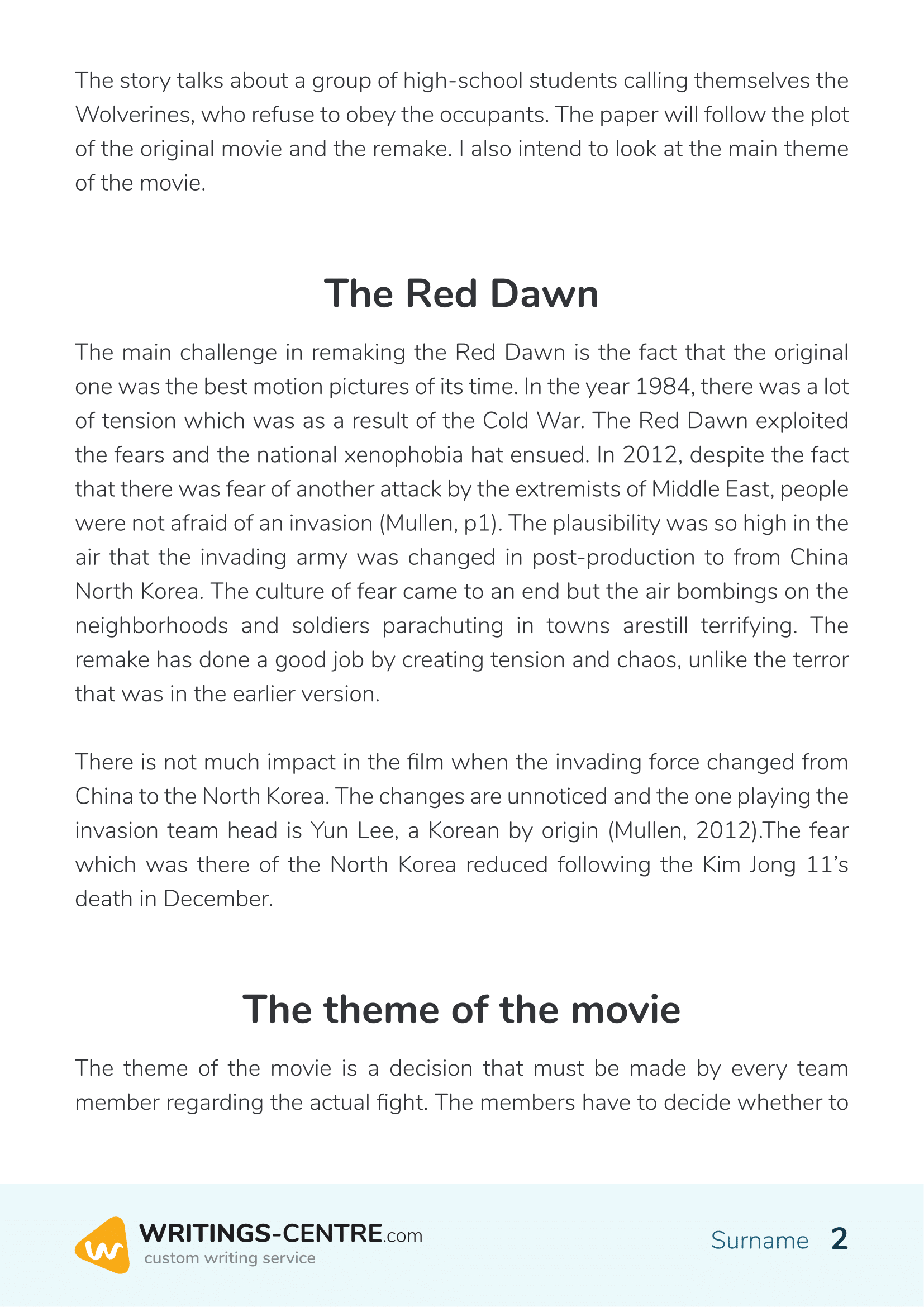

A recent study reported an analysis of over 1700 digitized novels and other texts, where common emotional peaks and valleys were systematically quantified and clustered ( 13).

Other recent, content-related approaches attempt to track how linguistic markers of emotion unfold over the course of stories. Cohesion scores, then, can infer the degree to which a text remains on the same general topic as it unfolds. For example, approaches that tap the coherence and cohesion of text, such as Coh-Metrix ( 12), can mathematically compute the similarity of word meanings from sentence to sentence and across different parts of a text.

In recent years, however, automated text analysis methods, together with increasing access to growing numbers of texts, have given rise to promising new ways to quantify the underlying and universal properties of stories ( 7– 11). Research has provided mixed evidence for common plot structures, recurring cultural symbols, and character archetypes ( 4– 6). Early empirical studies relied on small numbers of texts using human coders. The task of finding objective and quantifiable markers of narrative structure is daunting. Put another way, most narrative frameworks assume that the structure and content of stories are independent-for example, two mystery novels need not have the same characters or settings to have similar plot dynamics. Such theoretical frameworks primarily invoke the notion that the broad-brush characteristics of a story provide a narrative’s structure while granting the possibility of infinite variations on the specific content around this structure. Among them, there is a general consensus that narratives typically follow a predefined path that includes a beginning, middle, and end. Narrative theorists, philosophers, literary scholars, linguists, and countless other disciplines have long attempted to identify the quintessential properties of narratives ( 1– 3). The creation of narratives is a fundamental human behavior that spans recorded history. We construct stories to make meaning out of past events and to create new worlds and possibilities for ourselves and others. We tell stories to teach cultural norms, to entertain, and to help create shared perspectives. Narratives permeate all facets of human life.


 0 kommentar(er)
0 kommentar(er)
